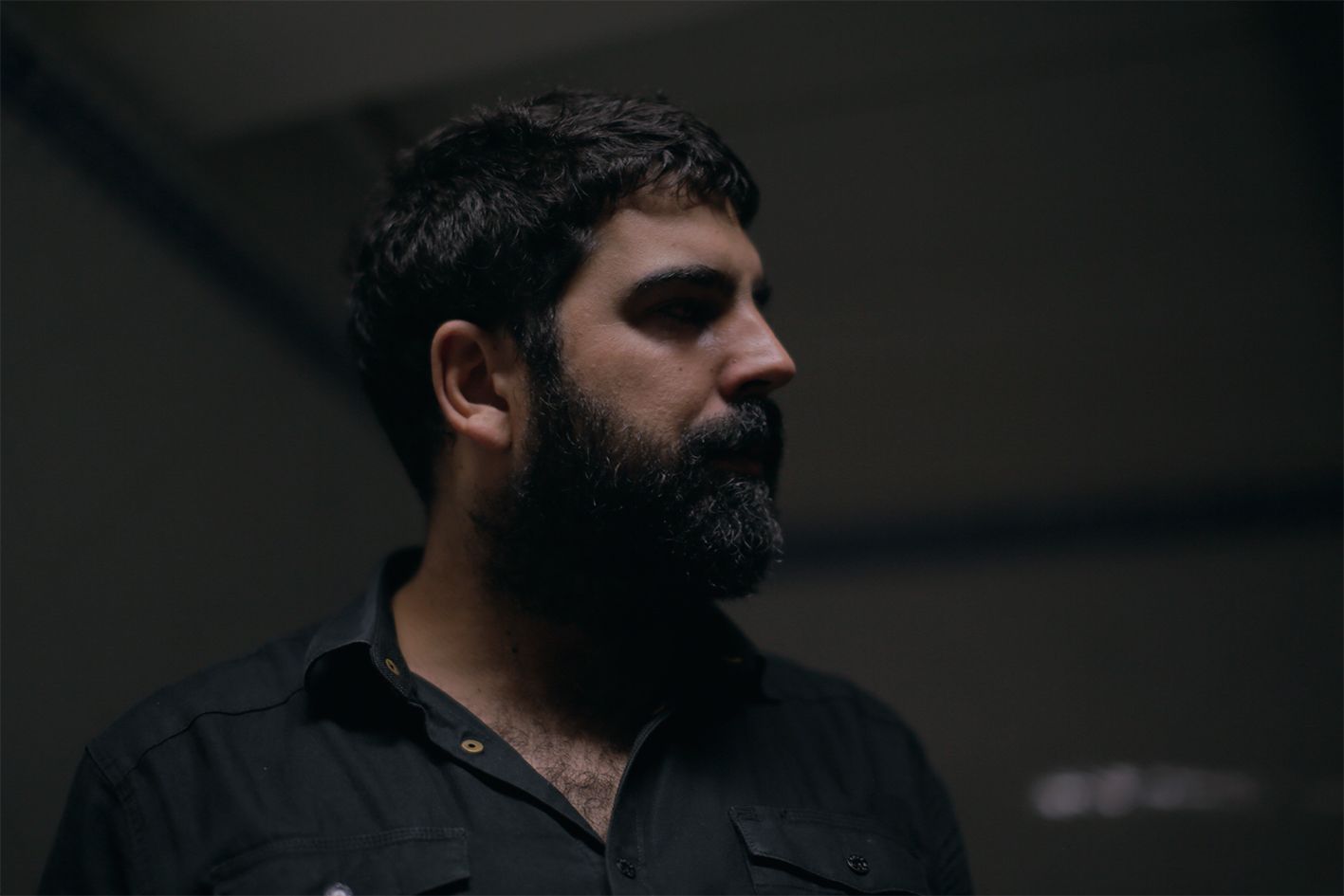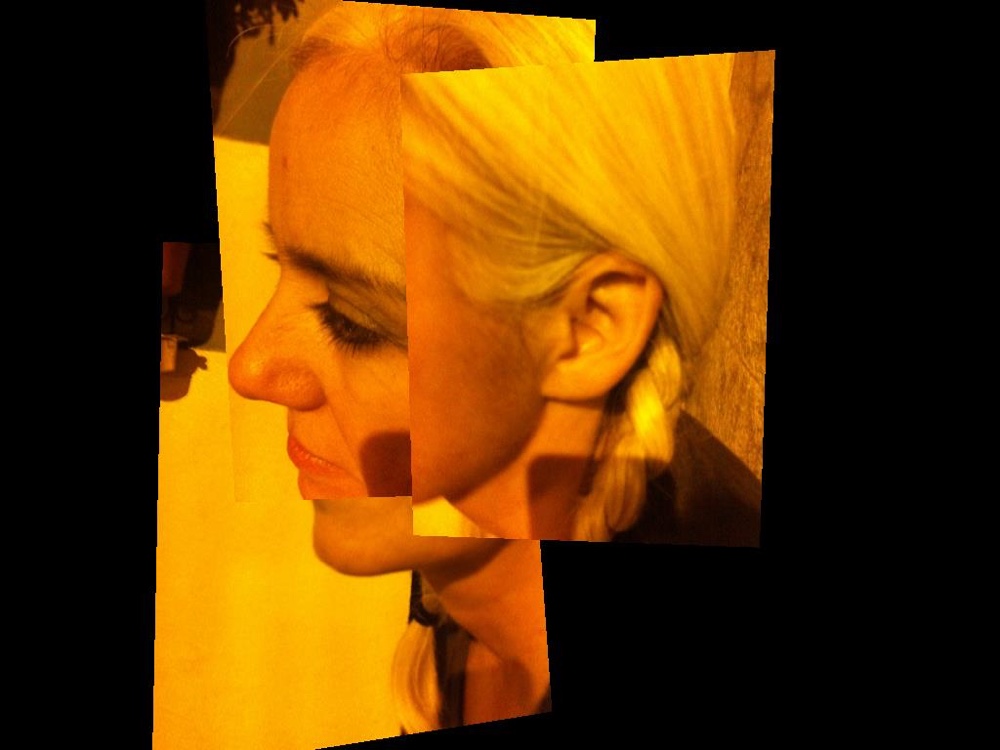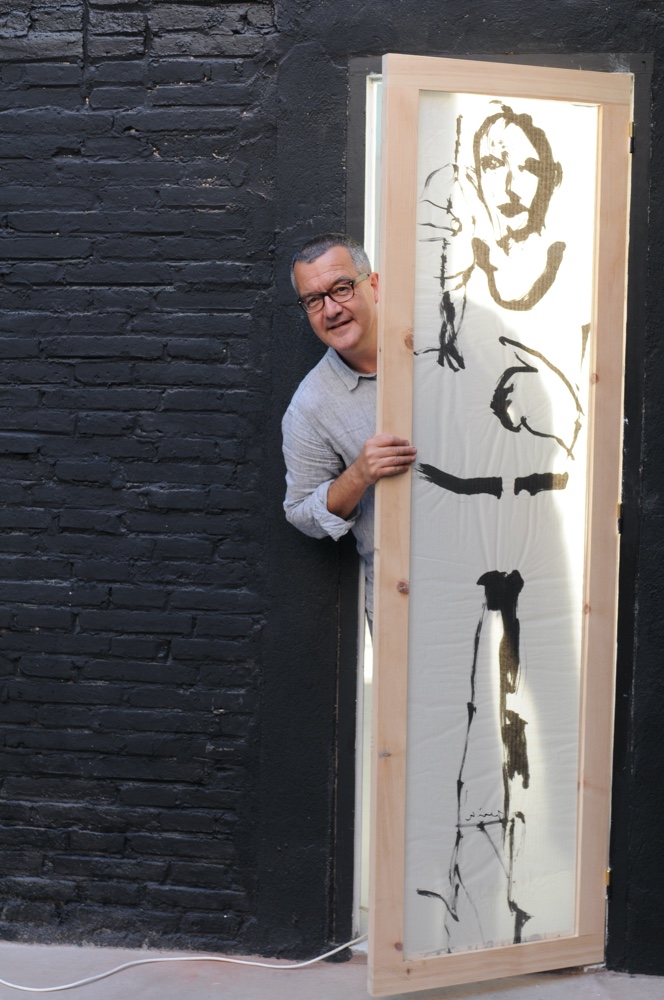#LZFFallBackOnArt
Luisa Vera describes her illustrated characters as being like her, with their ‘big nose’ and ‘kind of goofy’ appearance. This self-deprecating remark is certainly refreshing, and disarming. Indeed, Vera comes across as being the antithesis of the stereotypically aloof artist. Imbued with charm and humility, her lovingly crafted illustrations are humorous and perceptive.

Luisa Vera.
Working as an illustrator since 1990, Luisa Vera’s illustrations have ‘nosed their way’ into a number of periodicals, including: The New York Times, Chicago Tribune, and El País. But from this interview, it is Vera’s work on children’s books that seems especially important to her. She describes her own drawing skills as ‘far from perfect’, believing children relate to them. In a world where children—and adults—face unrealistic expectations of perfection, Luisa Vera is open to every individual creating art primarily for their own enjoyment and self-expression.
Luisa Vera has kindly provided a number of her playful illustrations, free to download. Just click on the ‘d’Estrées Sisters Meet Lichtenstein’ illustration above, print them out, and put them up at home.
How would you describe yourself?
(LV) I’m a very optimistic and positive person. I always try to find the amusing side of things—it doesn’t always work, but I do try.
What is your creative process?
(LV) When illustrating a project, such as an article for a newspaper or a children’s book, my head takes me straight to any narrative ideas. I scan the text for the concept that summarises what the writer wants to say, something I can turn into a little story with a single image. I do not just stop at his or her idea, but always try to add my personal view. Then I draw and redraw several times, until I find the image that satisfies me. I sketch on a computer and keep altering the image, the composition, and the colours. When it comes to my personal projects, I see the lightbulb switched on above my head and just go for it. Well, it’s maybe not that easy…
Did you choose to be an illustrator or did it choose you?
(LV) I would say both—I guess we were made for each other. After completing my Fine Art studies in Valencia in 1985, I moved to New York City. Back then, art school didn’t offer an actual illustration specialty. When I landed in the Big Apple, I didn’t know what to do with my degree or with my life. But I knew I did not want to be a ‘painter’. Soon after my arrival, I met Juan Botas and Perico Pastor, two artists that opened my eyes to illustration. I discovered this was my calling: to be an illustrator. Juan and Perico helped me prepare my book and shared a number of their contacts. I started to get some work, and that’s been my life since then. I’ll always be grateful to them both.

‘Haring Surfing Kanagawa’.
In a number of your works, you depict different artistic genres side by side, for example: ‘Gabrielle d’Estrées and One of Her Sisters’ with Roy Lichtenstein, and Keith Haring with ‘The Great Wave of Kanagawa’. Can you say more about this particular approach?
(LV) This started as a game, a divertimento, a therapy of sorts. I had been very sick and had to abandon all of the projects I was working on. When I was back on my feet, I had no work in sight. One particular day, I thought of Edward Hopper’s ‘Morning Sun‘ painting. I saw myself staring out of the window, but my view was somehow happier. This was my first ‘interpretation’ of a painting—I did my ‘Happy Hopper’ as a self-portrait. Soon after, spring began to blossom, and the painting ‘Whistler’s Mother’, by James McNeill Whistler, came to mind. It was so grave and gloomy, and I imagined her with spring flowers, birds and butterflies on her head. The thought of it made me laugh and this was my second ‘interpretation’.

‘Happy Hopper’.

‘Spring a la Whistler’.
Then my interpretations became more complex. I started playing with the idea of my favourite artists and paintings (from different periods and styles), blending with each other. I had such a great time going through my art books and finding perfectly absurd matches! These art interpretations are the origin of a soon-to-be-published children’s book. It’s titled ‘Lost in the Museum’, where a boy discovers modern art.
Your characters have a cartoonish appearance, with humorous and exaggerated features. What is it about this style that appeals to you?
(VC) Ironically, my characters are like me: big nose and kind of goofy, surprised at the world. I put myself in their situations, and that makes it all easier.

‘Le Déjeuner avec Warhol’.
You have worked on a number of children’s books. How important is illustration, and art generally, to a child’s learning and development?
(VC) I believe that we’re all born with the need to draw and express ourselves through art. All children start drawing before they can read or write, but the traditional educational system forces us to abandon that source of expression. At a certain age, as adults start judging their artworks, children become frustrated: only realistic and perfectly rendered pieces are deemed good, and this is just wrong. A child might not be able to draw ‘well’, but can certainly express so much through his or her drawings. And yet we crush them. There’s no need to draw or to paint perfectly to be an artist and a very creative person. My drawing skills are far from perfect, and I think children relate to them. I also think we should expose children to art from many different times and styles, even if they don’t understand the artist’s intentions. Art is fun and we have to learn to enjoy it.
What is it like to live and work as an artist in Spain today?
(VC) (Laughs!) I’ll just talk about illustration. It’s precarious, with abusive contracts or a lack of them, low rates of pay, and a horrible habit of people asking for free work, even when you’re an established illustrator (under the threat of getting someone else willing to do the job). It’s not easy to make a decent living, unless you start working abroad, and that’s quite sad.

‘La Demoiselles Lisa’.
How has the coronavirus pandemic altered your approach to the way in which you work, if at all?
(VC) It has affected me a lot, but for the better. I’ve had plenty of time to work on personal projects, that I never have time to focus on. I think the pandemic has even affected my style, and I’ve gained more freedom. Apart from that, since my family is in good health, nothing much has changed. I’m used to working at home and spending endless days without leaving the house. During these past months, I’ve kept an illustrated diary of my fears and feelings—it kept me sane.
What is your philosophy in life?
(VC) My philosophy is basically to avoid philosophy. I just live life as it comes.
Illustration shown: ‘The Sixtine Kitchen, Day 48’ via Behance.
All illustrations courtesy of Luisa Vera.














